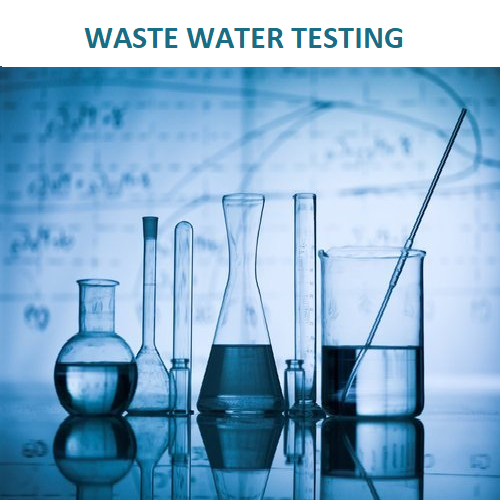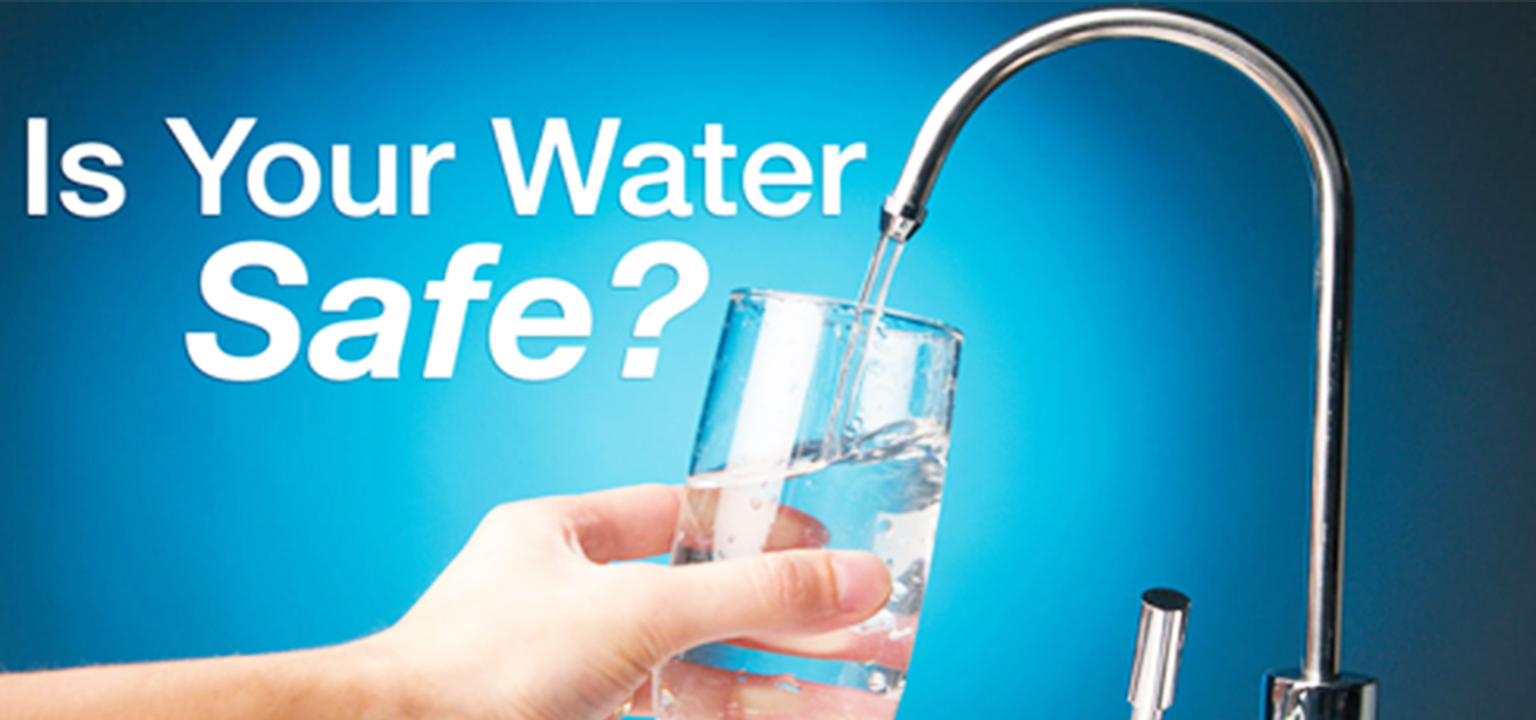The Importance of Deciding On Water Testing Services Tampa for Your Wellness
The Importance of Deciding On Water Testing Services Tampa for Your Wellness
Blog Article
Discover What Is Included in Water Testing and How It Ensures Safe Drinking Water
Understanding the complexities of water testing is critical in guaranteeing the quality and safety of our drinking water. Via a thorough exam of physical, chemical, and microbiological facets, water screening determines prospective contaminants that could posture wellness dangers. From the existence of heavy steels to unsafe microbes, each examination component plays an essential role in keeping the stability of our supply of water. Advanced techniques like chromatography and spectrometry boost the accuracy of these analyses. Yet, how do these procedures equate into the governing frameworks that guarantee safety and security in our everyday consumption?
Trick Components of Water Screening
Water testing is an important procedure that involves several crucial parts to ensure the security and high quality of alcohol consumption water. In addition, ensuring the pH balance of water is vital, as it impacts the water's corrosiveness and the effectiveness of sanitation procedures.
An additional substantial component involves microbiological analysis, where water samples are examined for the presence of microorganisms such as bacteria, viruses, and protozoa. This analysis is important to identify biological risks that could position health risks if consumed. Moreover, chemical analyses are carried out to find organic and inorganic materials, such as hefty metals, nitrates, and pesticides, that could be present in the water supply.

Detecting Harmful Impurities
Finding damaging impurities in drinking water is a basic aspect of securing public health. This process entails identifying prospective threats that can jeopardize the top quality and safety of water materials. Impurities can range from bacteria such as microorganisms, viruses, and protozoa, to inorganic substances like lead, arsenic, and nitrates, along with organic contaminants consisting of chemicals and industrial chemicals. Each type of pollutant postures distinct health and wellness dangers, making their discovery crucial to guarantee the water eaten by the public is secure.
Water screening for impurities is typically conducted by regulatory agencies and water utilities, employing a mix of area tasting and research laboratory analysis. These evaluations are developed to discover both naturally occurring substances and anthropogenic pollutants that might have gotten in the water via farming overflow, industrial discharge, or aging infrastructure. Normal tracking is essential, as contamination degrees can rise and fall due to environmental modifications, seasonal variants, or human activities.
The identification of harmful contaminants educates essential activities, such as water therapy interventions or public advisories, to mitigate risks. Early detection is crucial to avoid negative wellness results, varying from stomach illnesses to lasting problems like cancer, consequently guaranteeing the continued safety of alcohol consumption water.

Chemical Evaluation Methods
In the realm of guaranteeing safe alcohol consumption water, chemical analysis strategies play an essential role in determining and quantifying pollutants. These approaches are necessary for spotting a vast range of chemical materials, including hefty steels, pesticides, and commercial toxins, which can position substantial health dangers. Strategies such as atomic absorption spectroscopy (AAS) and inductively coupled plasma mass spectrometry (ICP-MS) are typically used to measure trace levels of steels like arsenic, lead, and mercury. These tools provide accurate metrology, promoting compliance with regulatory requirements.
Gas chromatography-mass spectrometry (GC-MS) is an additional critical strategy, specifically for organic compounds. It separates complicated combinations and recognizes unpredictable and semi-volatile natural substances, making sure that contaminants like benzene and toluene are within secure restrictions. High-performance fluid chromatography (HPLC) is in a similar way used for non-volatile compounds, including certain pesticides and drugs.
Ion chromatography is used to figure out concentrations of anions and cations, such as nitrates and sulfates, which are critical in evaluating water quality. These chemical evaluation strategies collectively click to investigate guarantee that alcohol consumption water continues to be risk-free by discovering discrepancies from established pureness norms, thereby safeguarding public wellness. Making sure precision and precision in these tests is paramount to keeping the stability of water safety analyses.
Microbiological Checking Methods
Exact microbiological testing is essential for guarding public health and wellness by ensuring that alcohol consumption water is totally free from harmful virus. This process entails spotting and identifying bacteria such as bacteria, viruses, and protozoa that might pollute water products. Common virus include Escherichia coli, Giardia, and Cryptosporidium, each presenting significant health and wellness risks.
A number of approaches are utilized in microbiological screening to identify these risks. The membrane layer filtration method is regularly used, including water passing through a filter that catches microorganisms, which are then cultured to identify their existence and focus. Alternatively, the multiple-tube fermentation technique makes it possible for the quantification of coliform germs making use of a collection of dilution and incubation steps.
Improvements in modern technology have introduced molecular methods such as polymerase chain response (PCR), which permits the extremely certain and quick discovery of virus by amplifying their genetic material. Enzyme-linked immunosorbent assays (ELISA) likewise use a technique to identify virus by identifying particular healthy proteins or antigens.
These varied approaches are vital you could try this out for comprehensive water quality assessment, ensuring that water treatment processes are effective and that circulation systems keep safety. By using these microbiological screening techniques, prospective health and wellness dangers can be determined and alleviated quickly.

Significance for Public Health
Making certain the microbiological safety and security of drinking water directly influences public health and wellness by avoiding the spread of waterborne conditions. Microorganisms such as bacteria, infections, and protozoa can cause diseases like cholera, dysentery, and gastrointestinal infections (Water Testing Service). The execution of detailed water testing methods is critical in identifying and alleviating these risks, hence protecting areas from prospective outbreaks
Routine water testing not only detects microbial pollutants but likewise assesses chemical and physical specifications that can impact wellness. Excessive levels of nitrates or hefty steels such as lead can position severe wellness risks, especially to vulnerable populations like infants and expectant women. By determining these dangers early, water screening enables timely treatments, making certain the water supply stays within risk-free intake standards.
Furthermore, water screening plays a critical role in maintaining public confidence in local water supply. It gives openness and accountability, assuring the public that their health and wellness is a concern. For plan manufacturers and wellness authorities, the information stemmed from water screening educates choices on framework financial investments and public wellness approaches, ensuring sources are routed where they are most required. By doing this, water screening is crucial in advertising a much healthier, more secure culture.
Conclusion
Water screening offers as a necessary system for guaranteeing the safety and top quality of drinking water through thorough analysis of its physical, chemical, and microbiological properties. By identifying unsafe pollutants, such as heavy steels and pesticides, and making use of sophisticated techniques like chromatography and spectrometry, water screening helps with the identification of prospective health threats. The application of strenuous testing protocols is crucial for maintaining conformity with safety criteria, ultimately securing public health and enhancing confidence in local water systems.

By go to website recognizing these threats early, water testing enables timely interventions, guaranteeing the water supply stays within secure intake criteria.
Water screening offers as an essential mechanism for ensuring the safety and quality of drinking water through extensive assessment of its physical, chemical, and microbiological residential properties.
Report this page